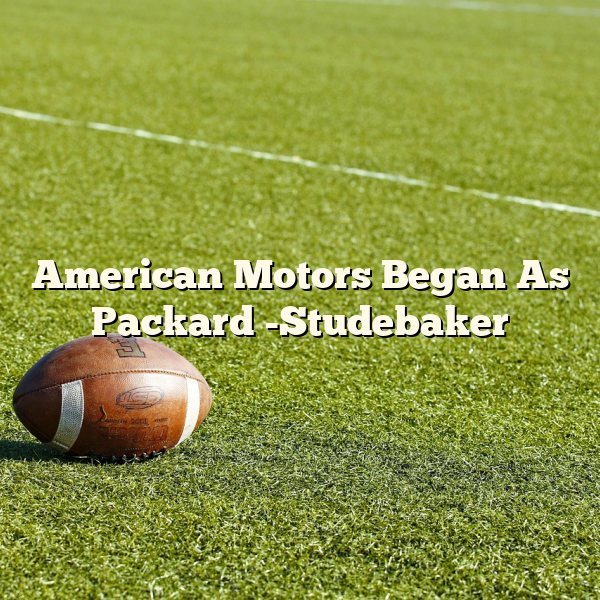Too many automobile aficionados and downright car guys the nameplate “Studebaker” is associated with such advanced classic vehicles of their time – such as the Studebaker Avanti model introduced unbelievably in the 1963 auto market year. Complete decked out with a fiberglass body , futuristic styling , disc brakes and an optional turbocharged engine the Avanti still turns head and was way ahead of the pack of the car and vehicle products of the big 3 automakers of the time.
Studebaker released a leaner and lighter version of full-sized car in 1939, called “Champion.” However, the company contributed to the Second World War. The war did not affect their automobile production but they were able to manufactured prewar models then developing their new postwar designs. Studebaker employed Raymond Loewy, in which he was supported by Virgil Exner to conceptualize the new postwar car design. In 1947, Studebaker released the Loewy-Exner model. It was noticeable for its flat flanks, enclosed body, built-in fenders, and extraordinary trunk outline combined to form “three-box design.” The company also released Starlight, an innovative model that has a rear window enclosed from door to door.
Studebaker survived the lean economic times of the 1930’s ,merging with the luxury US automaker Piece-Arrow , during this troubled economic time period of the “Great Depression”. Perhaps such spunkiness , stick to it greatness as well as determination might be a business model that the North American based auto industry could take great lessons from in the current shakeup , shakedown and troubled times of the North American auto industry. Yet although other major domestic US auto makers such as Ford, GM & Chrysler survived its hard to see how the lookalike products whether it be a Ford Escape driving on Winnipeg & Manitoba roads and highways differs much in appearance and styling than similar Chevrolet , Buick or Chrysler/Dodge SUV Sport Utility Crossovers as well as other vehicles. Its a shame. On top of that most associate former “American Motors” ,( now merged with Chrysler Chryco), with Rambler products not with the rich legacies of Packard, Piece Arrow & Studebakers.
Studebaker cars were famous to be “coming or going cars.” The front to rear were alike that humorist couldn’t identify the front from the back. The company released their three-box post war model in 1949. They were the Land Cruiser, and Commander. Land Cruiser and Commander had several features of the Champion models such as front fenders, extended rear door, longer wheelbase and hood. Studebaker models had some features of the prewar designs. The 2.8 liter model has an 80 horsepower six-cylinder engine that was used by the . Meanwhile, the 3.7 Liter Commander/Land Cruiser was released in the early 1930s. Studebaker designs had not changed until the release of “bullet nose” models in 1950. However, other car manufacturers outrun the company’s style during the same year. Studebaker had some outstanding models such as Hawk series and Avanti with their advanced styling, fiberglass bodies, and such introduced such innovative features as safer faster “disc brakes”, as well as optional “turbocharged” turbo engines. But they experienced extreme difficulty because of several independent car producers and lost its fame and luster in 1966, culminating in the closure of their Canadian auto assembly in the Canadian steel town of Hamilton, Ontario.
Studebaker will always remain in the history of automobiles. They proved their fame with the aid of their several designs in the past which was magnificent in quality and reliability.
TheMost treasured at Hemmings auctions Studebaker’s Starlight Coupeswas a unique 2-door body style offered by Studebaker Corporation of South Bend, Indiana (USA) from 1947 to 1952 in its Champion and Commander model series. The Studebaker’s Starlight Coupe body style was considered a halo model and was designated 5P (presumably “five-passenger”, to distinguish it from the three-passenger Businessman’s coupe).

